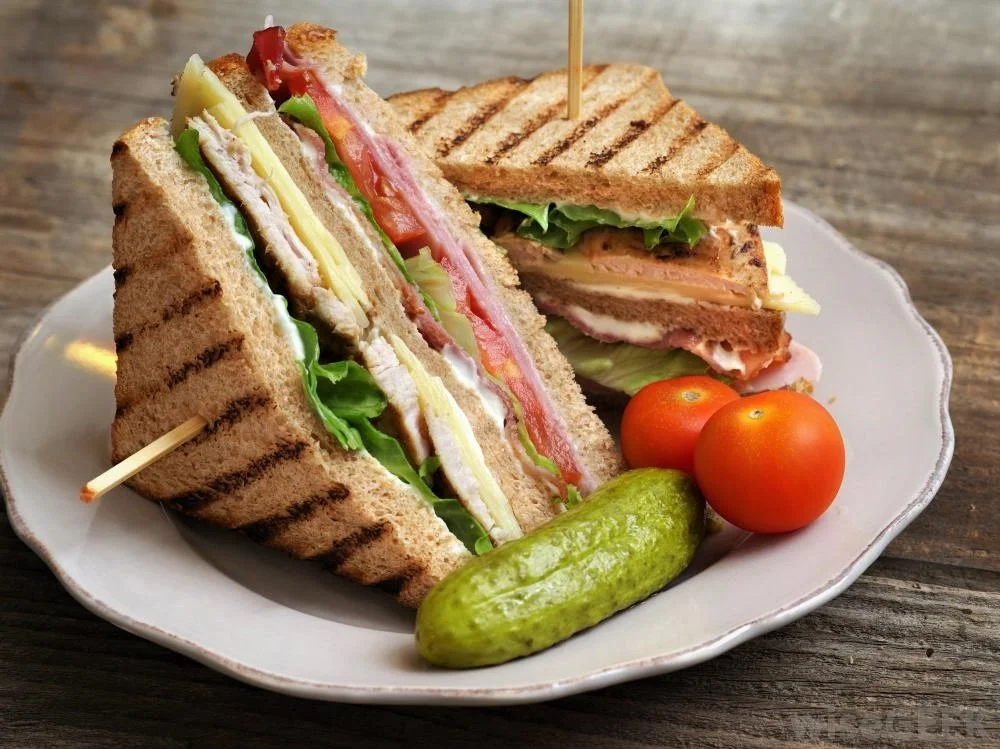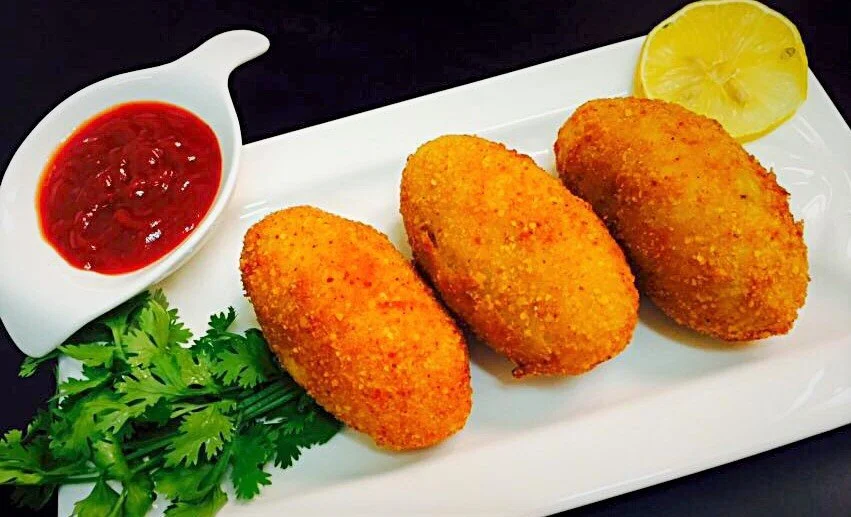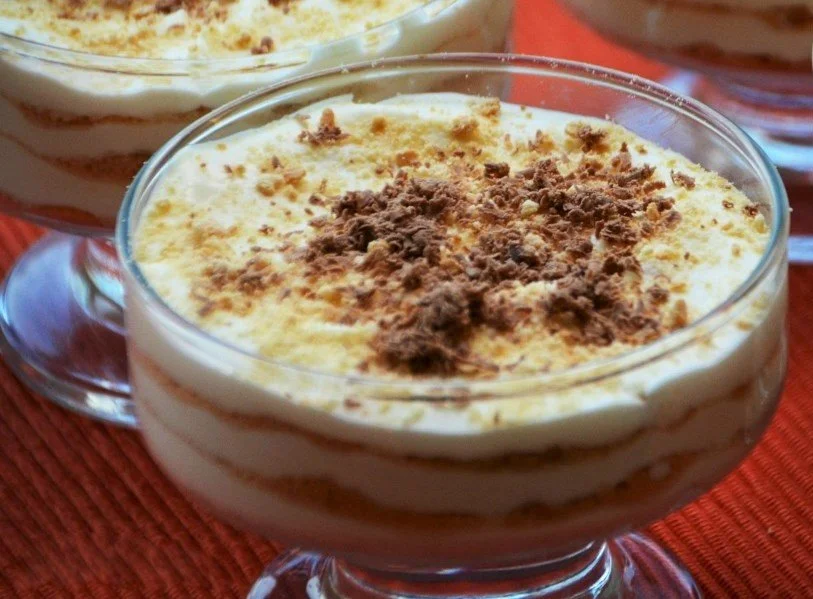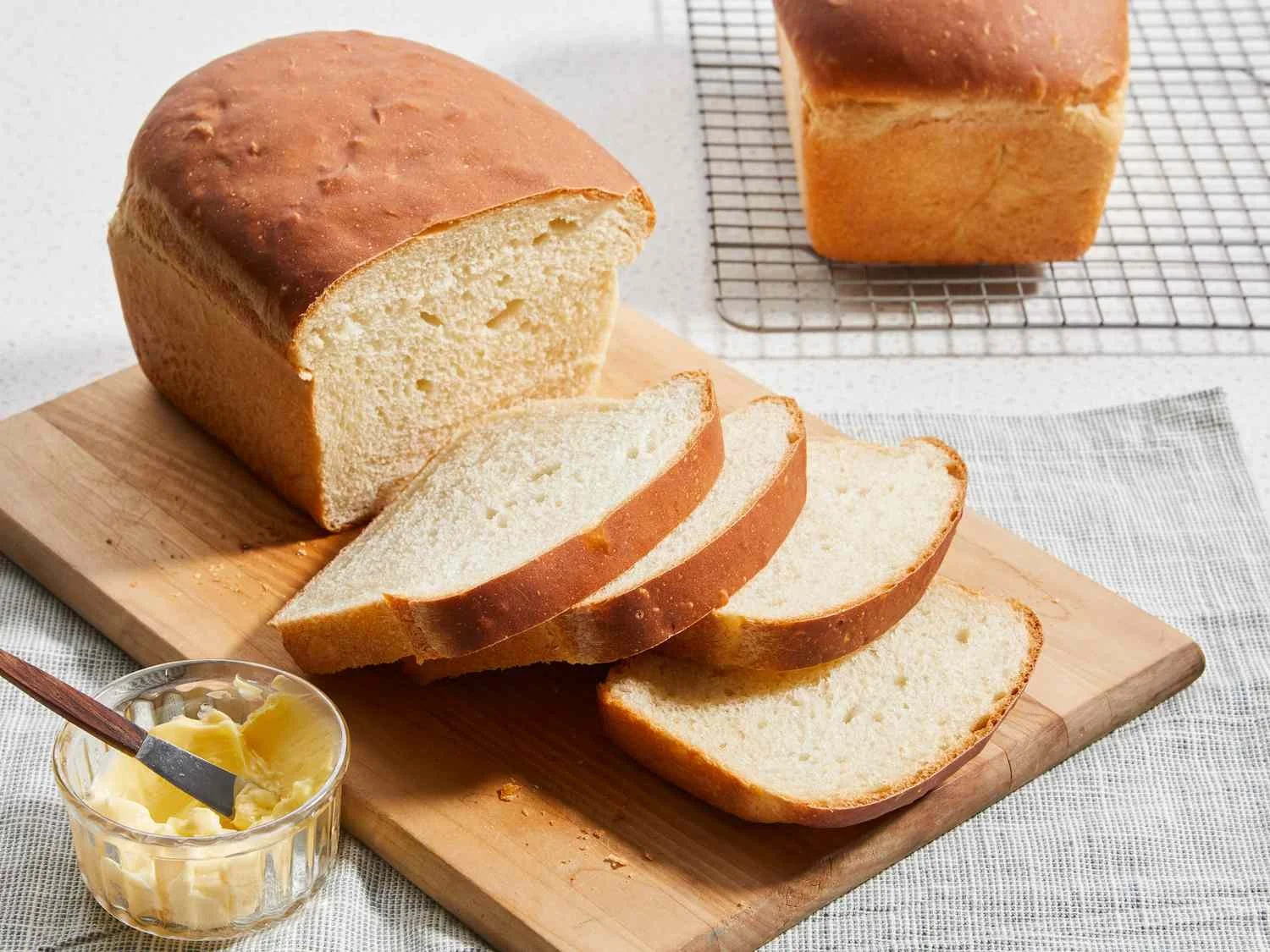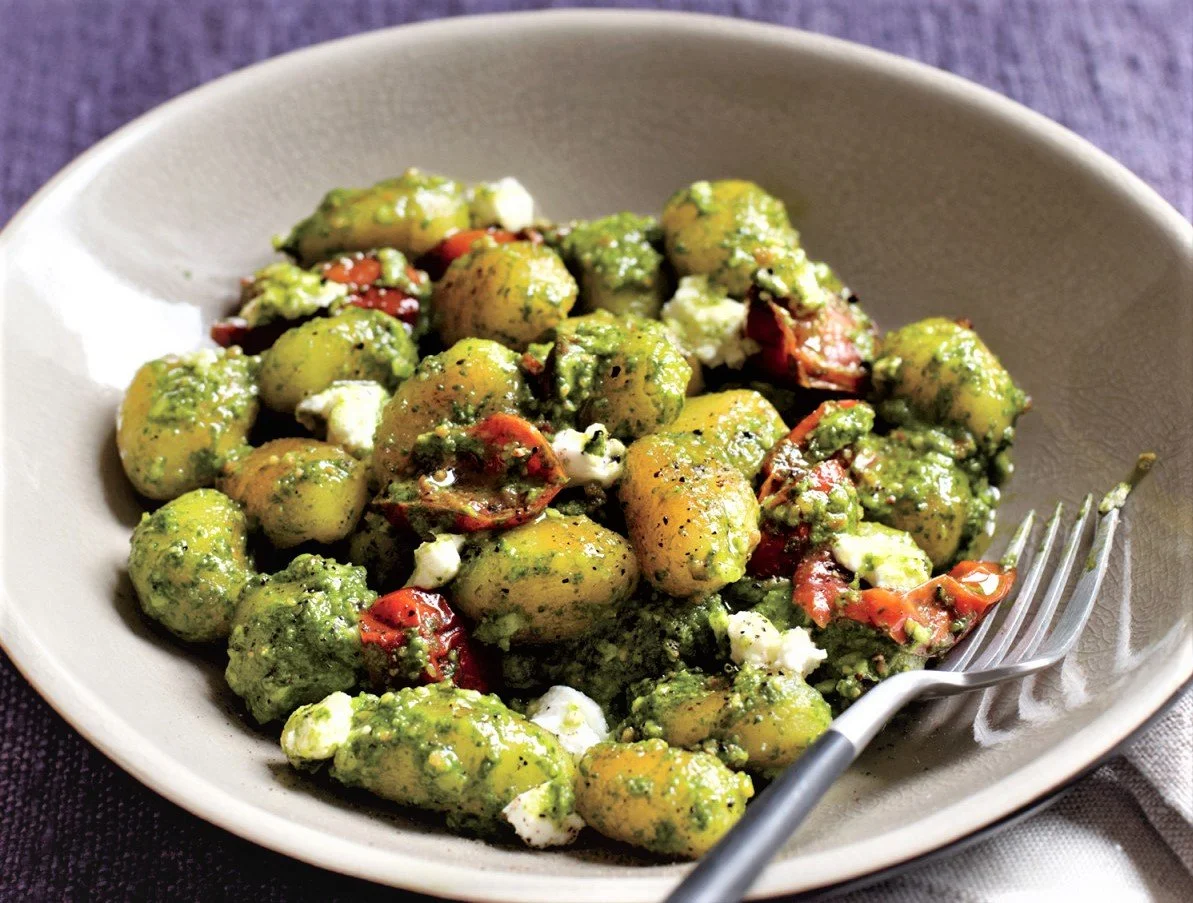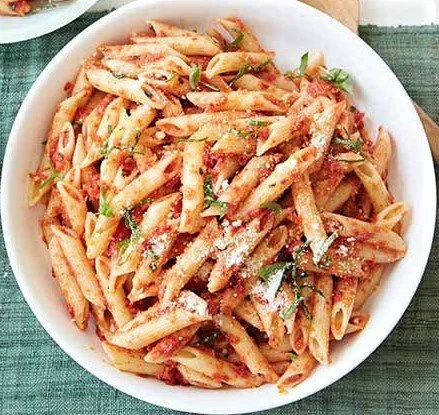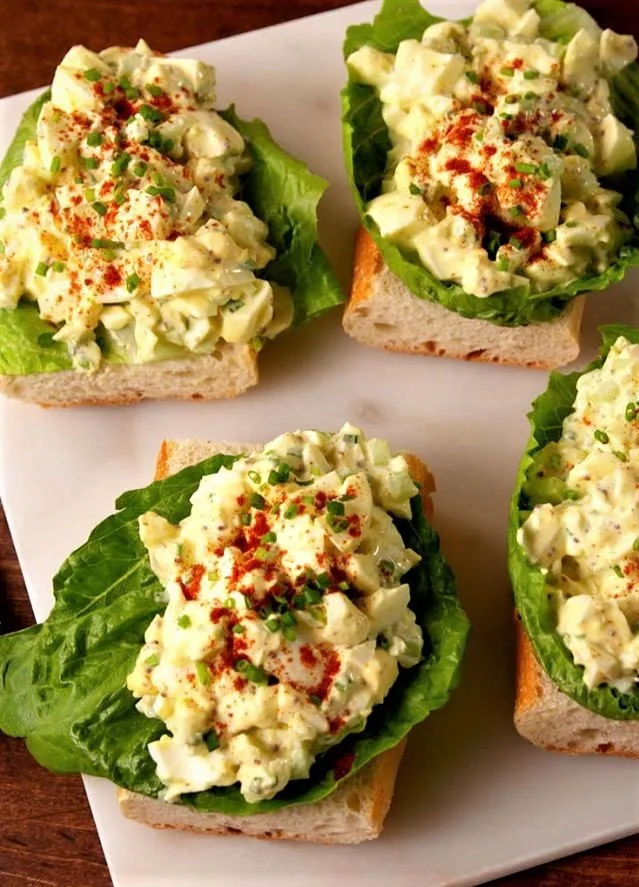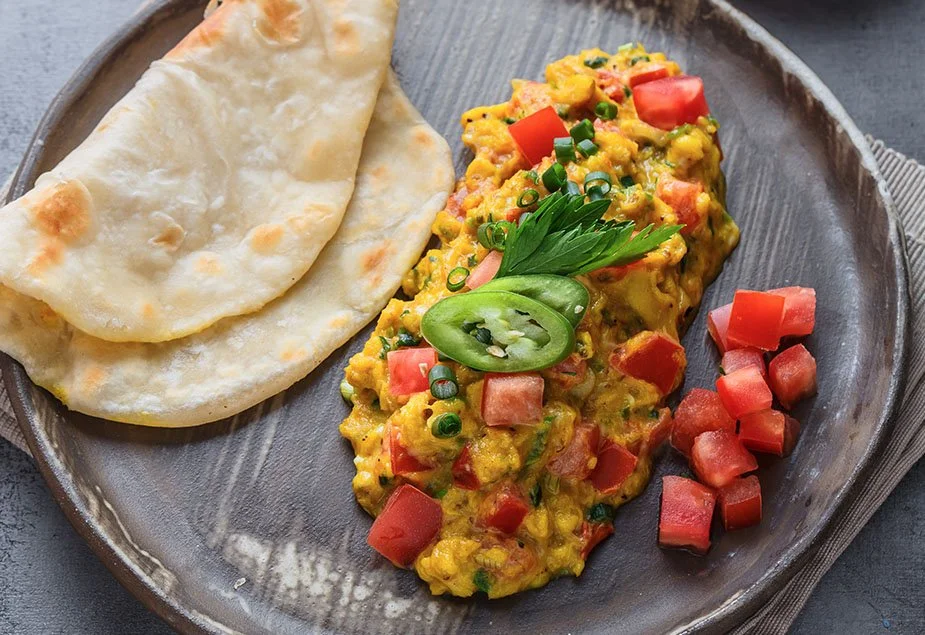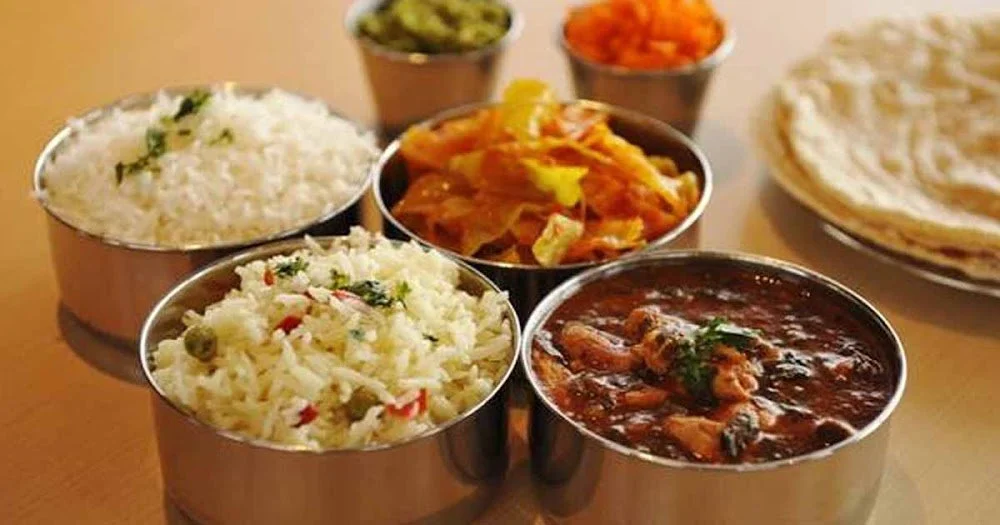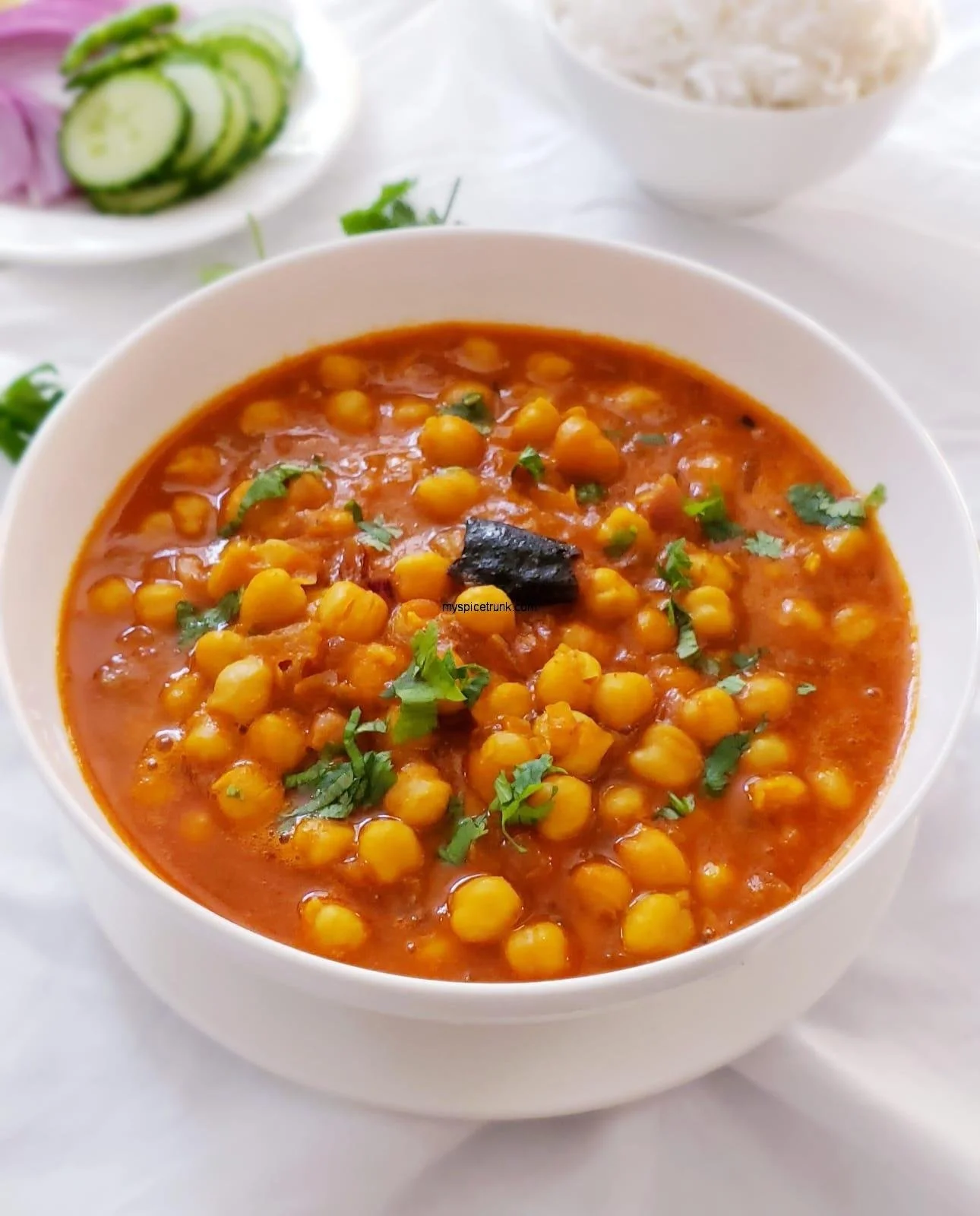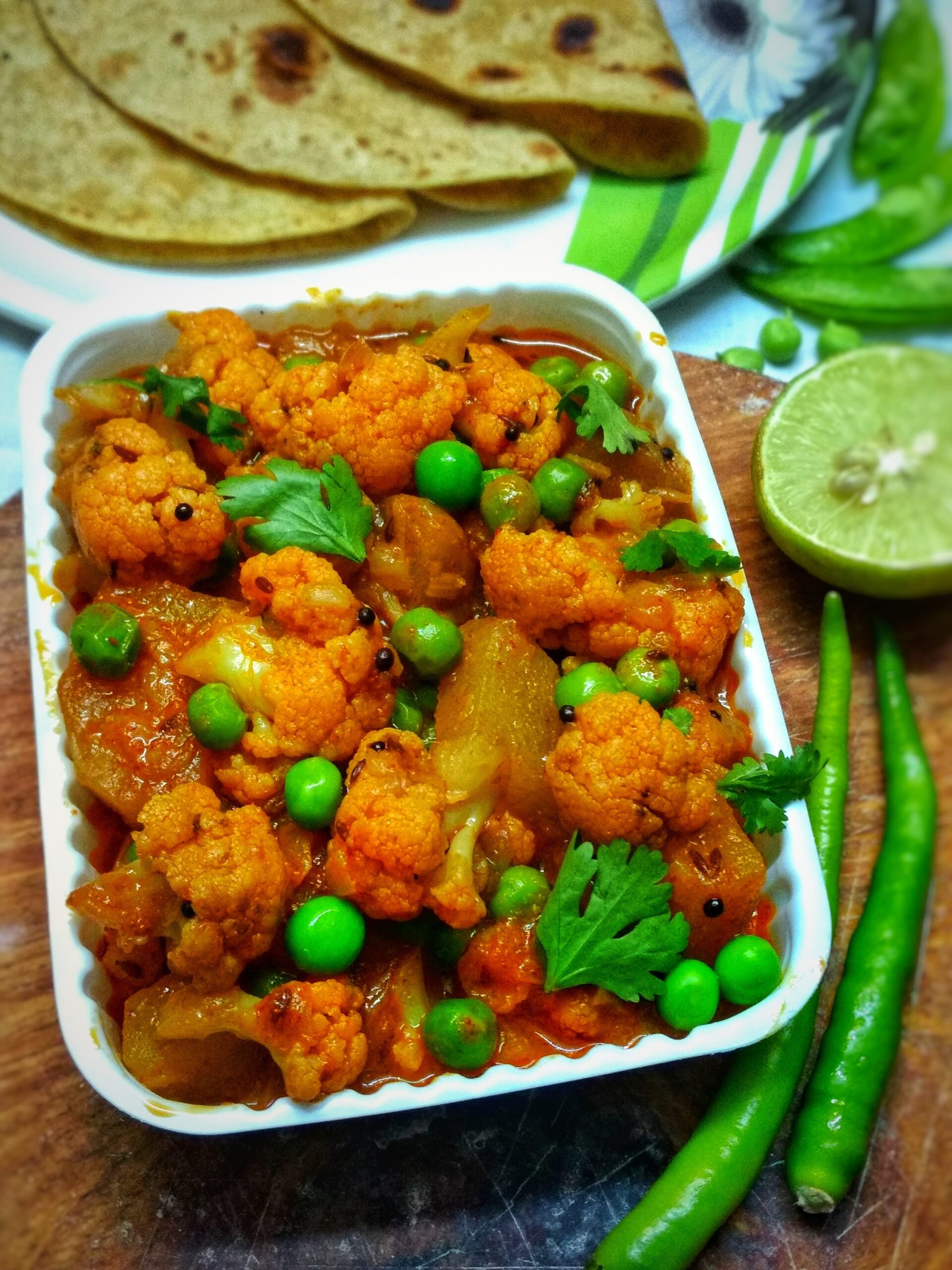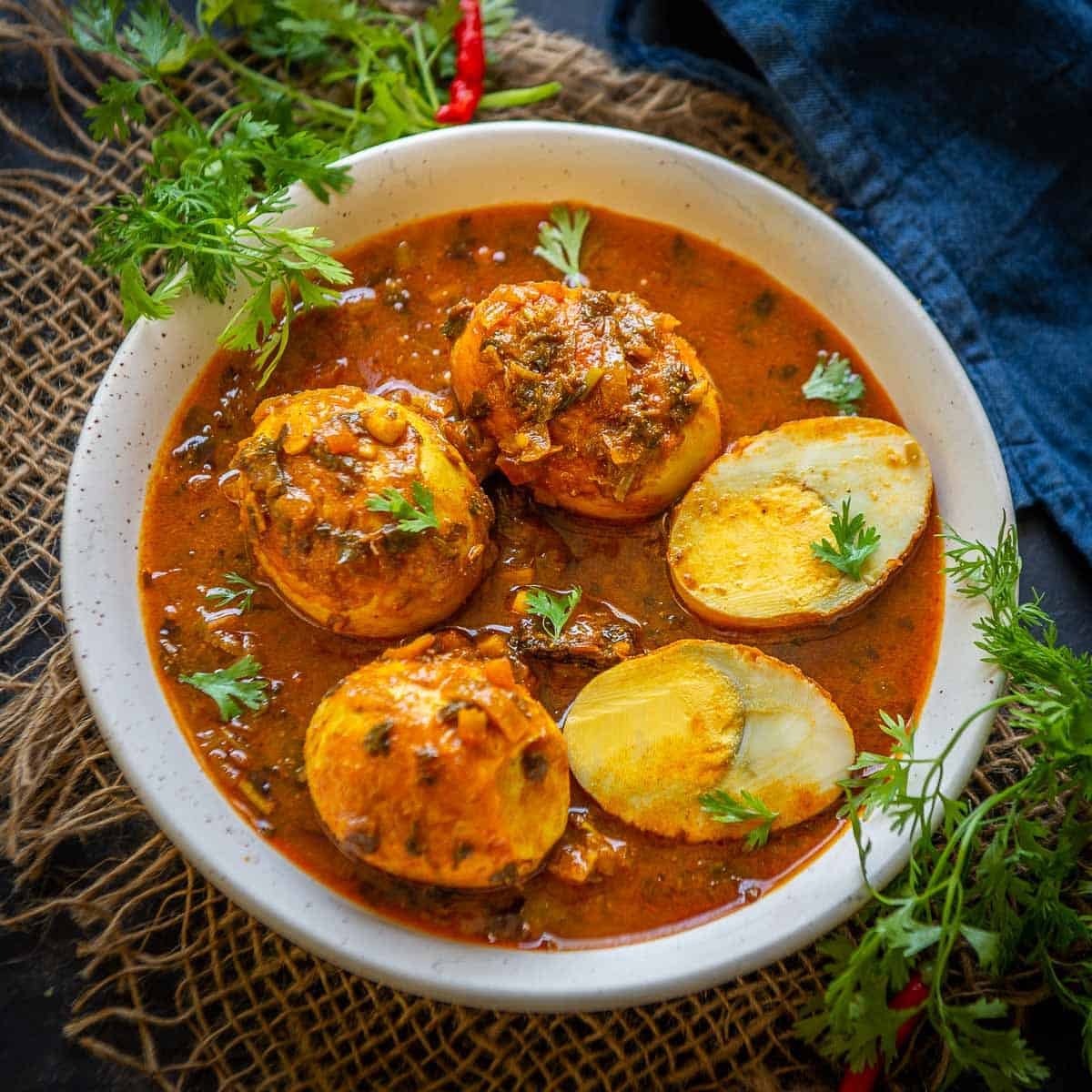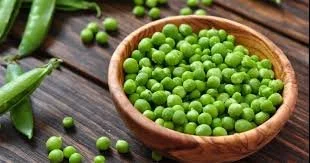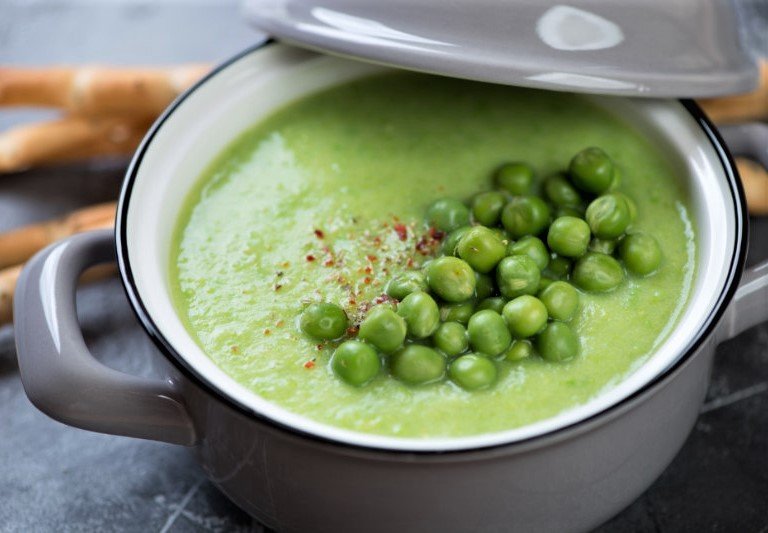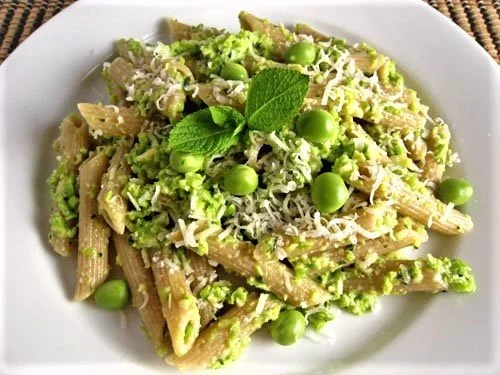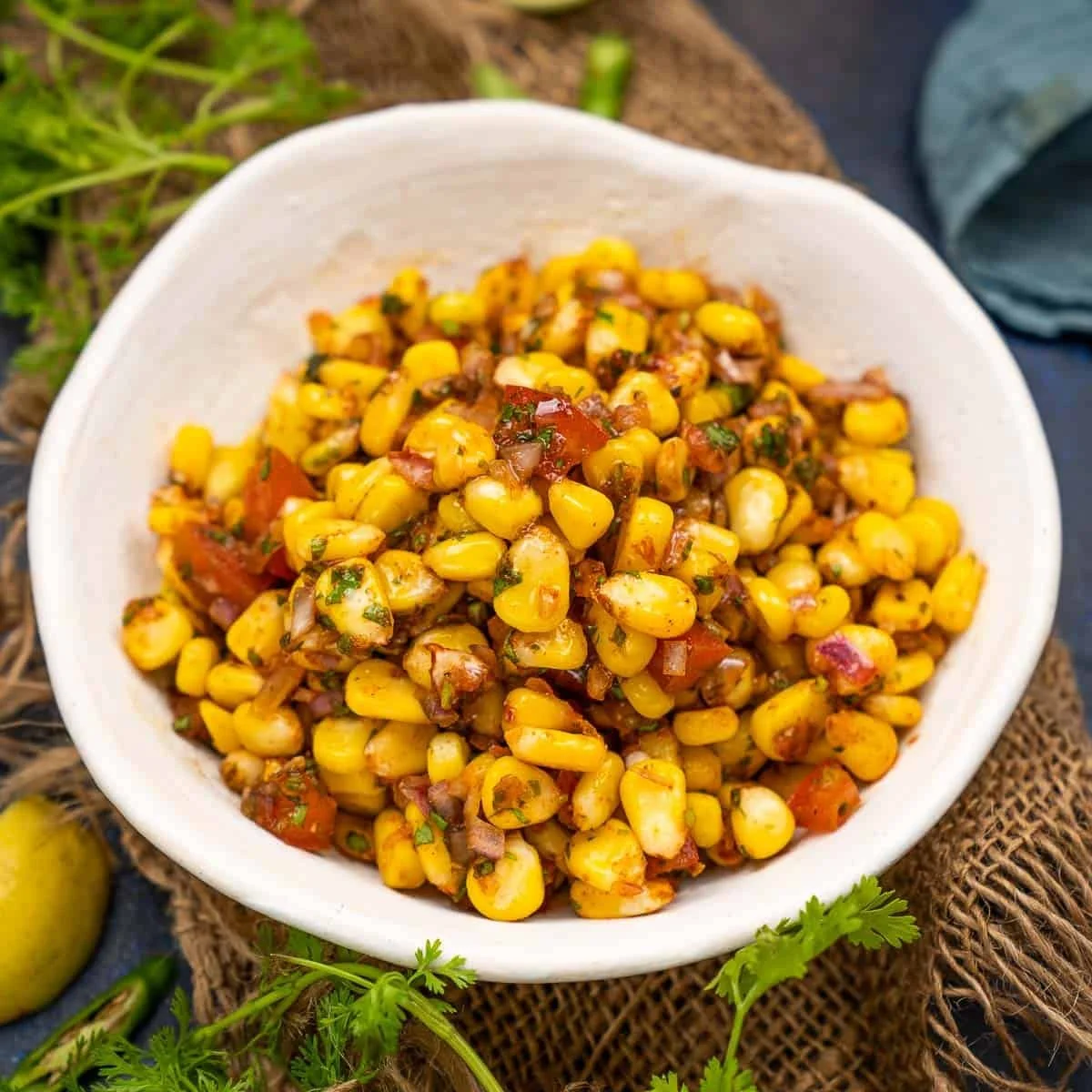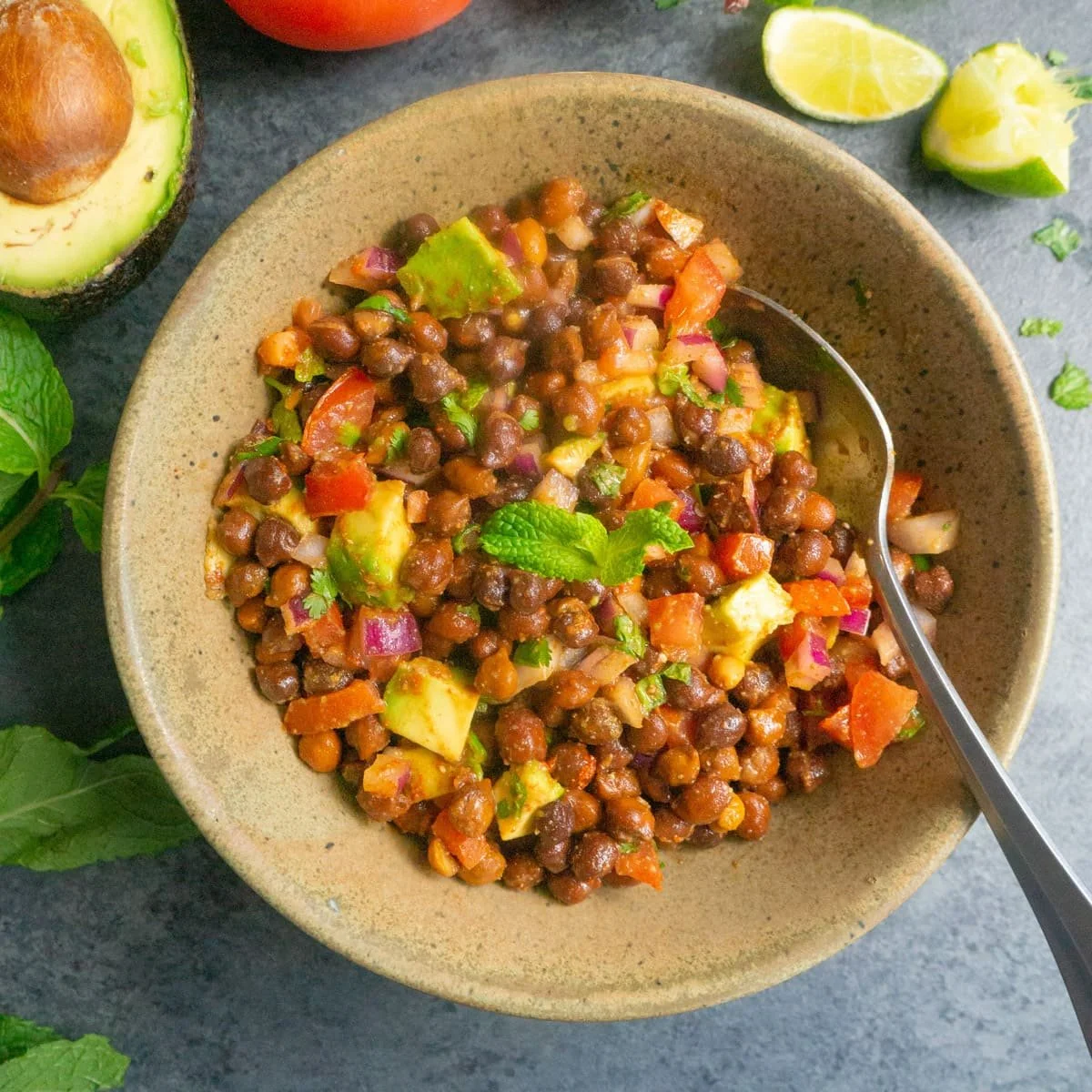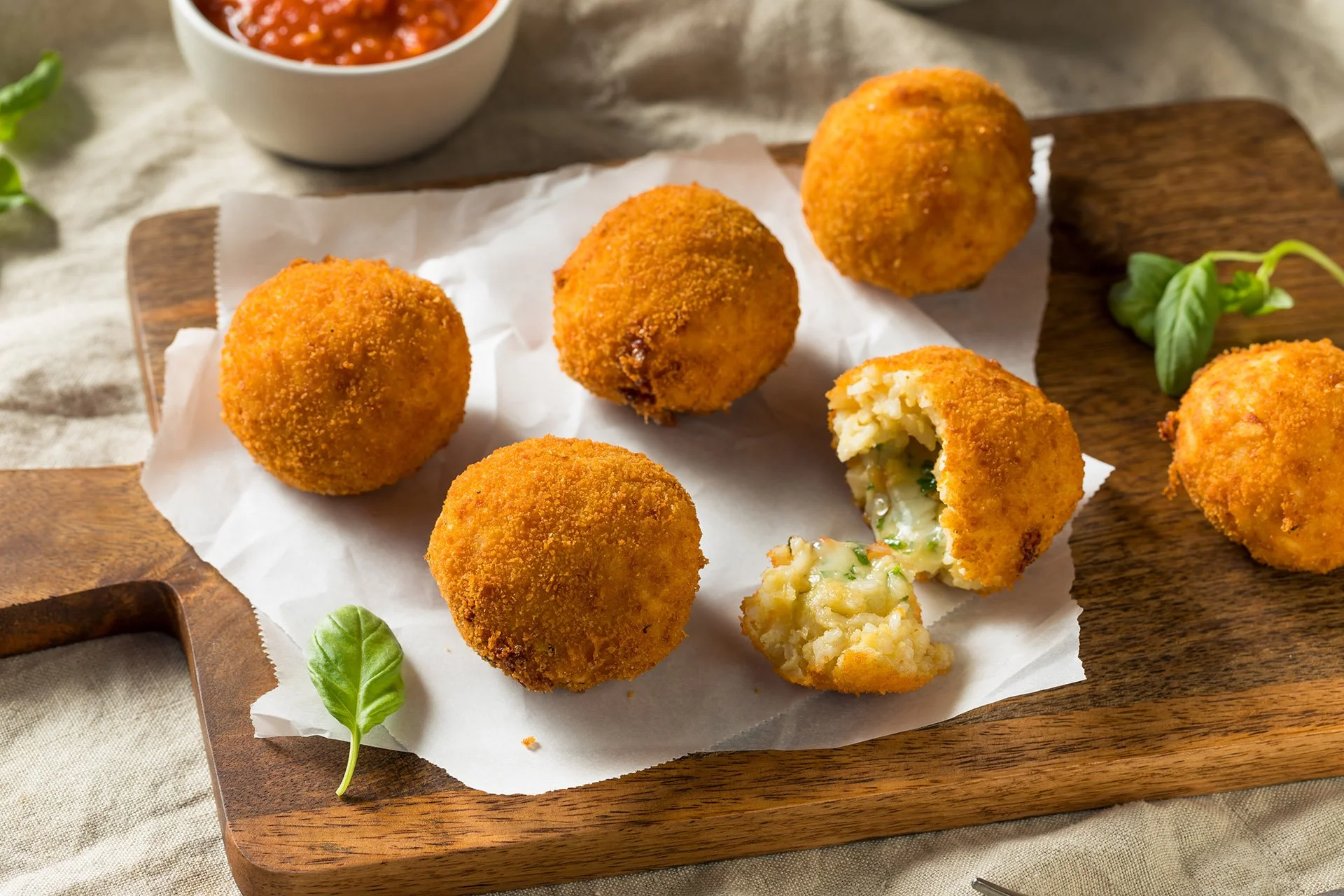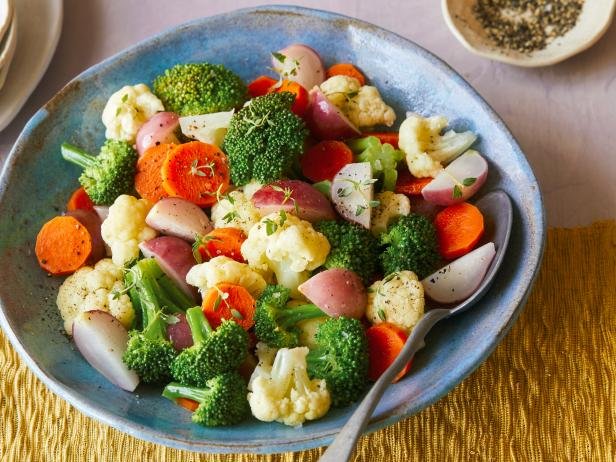Ingredient Ideology! Wise Meal Plans & Lifestyle To Help Thyroid Health. By: Dr. Kaviraj Khialani- Celebrity Master Chef.
/INTRODUCTION TO THYROID: -
The thyroid is a small butterfly-shaped gland located in your neck. It plays a crucial role in regulating your body's metabolism, energy levels, and growth. It produces hormones that control various functions in your body. When the thyroid is overactive (hyperthyroidism) or underactive (hypothyroidism), it can lead to a range of symptoms like fatigue, weight changes, mood swings, and more. It's important to get regular check-ups and consult a healthcare professional if you have concerns about your thyroid health.
The thyroid gland is like the boss of your body's metabolism. It controls how fast or slow your body burns calories and uses energy. It also helps regulate important functions like heart rate, body temperature, and digestion. So, when the thyroid isn't working properly, it can affect your overall well-being. That's why it's important to take care of it and seek medical advice if you notice any symptoms or concerns.
TYPES OF THYROID & THE THYROID GLAND:-
The thyroid gland is a small, butterfly-shaped gland located in the front of the neck, just below the larynx. It is a crucial part of the endocrine system and plays a vital role in regulating metabolism, growth, development, and various bodily functions.
There are several types of thyroid conditions that can affect the function and structure of the thyroid gland. Here are some of the most common ones:
1. Hypothyroidism: This refers to an underactive thyroid, where the gland does not produce enough thyroid hormones. Symptoms may include fatigue, weight gain, depression, cold intolerance, and dry skin.
2. Hyperthyroidism: This is the opposite of hypothyroidism, where the thyroid gland becomes overactive and produces excessive amounts of thyroid hormones. Symptoms may include weight loss, rapid heartbeat, anxiety, sweating, and tremors.
3. Goiter: A goiter is an enlarged thyroid gland, which can be caused by various factors such as iodine deficiency, inflammation, or certain growths. It may cause difficulty swallowing, breathing, or in some cases, may not cause any noticeable symptoms.
4. Thyroid nodules: These are abnormal growths or lumps that form within the thyroid gland. While most nodules are benign, some can be cancerous. Nodules may cause swelling in the neck, difficulty swallowing, or can be detected incidentally during a medical examination.
5. Thyroiditis: This refers to the inflammation of the thyroid gland, which can be caused by autoimmune conditions, viral infections, or certain medications. Symptoms can vary depending on the type of thyroiditis, but may include pain in the neck, fever, fatigue, and changes in thyroid hormone levels.
It is important to note that the diagnosis and treatment of thyroid disorders should be done by qualified healthcare professionals. If you suspect any issues with your thyroid gland, it is recommended to consult with a medical expert for appropriate evaluation and management.
HOW DOES THYROID AFFECT US AND OUR HEALTH?
The thyroid gland plays a vital role in regulating various bodily functions and maintaining overall health. It produces hormones that influence metabolism, growth, development, and energy levels in the body. Here are some ways the thyroid affects us and our health:
1. Metabolism Regulation: The thyroid hormones, primarily triiodothyronine (T3) and thyroxine (T4), control the body's metabolic rate. They help convert food into energy and regulate how quickly the body burns calories. An overactive thyroid (hyperthyroidism) can accelerate metabolism, resulting in weight loss, increased heart rate, irritability, and heat intolerance. Conversely, an underactive thyroid (hypothyroidism) can slow down metabolism, leading to weight gain, fatigue, cold sensitivity, and constipation.
2. Growth and Development: Thyroid hormones are crucial for proper growth and development in children and maintaining tissue integrity in adults. Inadequate hormone production during childhood can result in stunted growth and cognitive impairments. In adults, an imbalance in thyroid hormones can affect muscle strength, bone health, and brain function.
3. Body Temperature Regulation: The thyroid gland influences body temperature regulation. Hyperthyroidism can cause excessive sweating, heat intolerance, and high body temperature. On the other hand, hypothyroidism can lead to cold intolerance, decreased sweating, and a lower body temperature.
4. Cardiovascular Health: Thyroid hormones have a direct impact on the cardiovascular system. Hyperthyroidism can lead to elevated heart rate, increased blood pressure, irregular heart rhythms, and an enlarged heart, which can increase the risk of cardiovascular diseases. Hypothyroidism, on the other hand, can cause low heart rate, reduced cardiac output, and high cholesterol levels, which can contribute to heart disease.
5. Mood and Mental Health: Imbalances in thyroid hormones can affect mood and mental well-being. Hyperthyroidism can cause anxiety, irritability, restlessness, and insomnia. Hypothyroidism, on the other hand, can lead to depression, fatigue, memory problems, and difficulty concentrating.
6. Reproductive Health: Thyroid disorders can impact fertility, menstrual regularity, and pregnancy outcomes. Both hypothyroidism and hyperthyroidism can disrupt normal menstrual cycles, leading to irregular periods or heavy bleeding. Thyroid dysfunction during pregnancy can increase the risk of complications such as miscarriage, preterm birth, and developmental issues in the baby.
It is important to note that thyroid disorders are common, and if you suspect any thyroid-related issues, it is recommended to consult a healthcare professional for evaluation, diagnosis, and appropriate treatment.
FOOD WHICH CAN BE A PART OF OUR DIET TO MAINTAIN PROPER LEVELS OF THYROID:-
Maintaining proper thyroid function involves a balanced diet that includes specific nutrients. Here are some foods that can support thyroid health:
1. Iodine-rich Foods: Iodine is essential for thyroid hormone production. Good sources include seaweed (kelp, nori), iodized salt, cod, shrimp, and dairy products like milk and yogurt.
2. Selenium-rich Foods: Selenium is involved in the metabolism of thyroid hormones. Brazil nuts, sardines, tuna, turkey, eggs, and legumes like lentils and chickpeas are good sources.
3. Zinc-rich Foods: Zinc supports thyroid function and helps with hormone production. You can find it in oysters, beef, crab, chicken, pumpkin seeds, and fortified cereals.
4. Omega-3 Fatty Acids: Found in fatty fish like salmon, mackerel, and sardines, as well as flaxseeds and walnuts, omega-3 fatty acids help reduce inflammation and support thyroid health.
5. Antioxidant-rich Foods: Berries, colorful fruits, and vegetables are rich in antioxidants that help protect the thyroid and reduce oxidative stress. Include blueberries, cherries, spinach, kale, and bell peppers in your diet.
6. Protein-rich Foods: Thyroid hormones require adequate protein for synthesis. Include lean sources of protein like poultry, lean meat, fish, tofu, and legumes in your meals.
7. Whole Grains: Incorporate whole grains like quinoa, oats, brown rice, and whole wheat bread in your diet. They provide B vitamins and fiber, which support overall thyroid function.
Remember, maintaining a well-rounded diet and avoiding excessive consumption of goitrogens (found in cruciferous vegetables like broccoli, cabbage, and Brussels sprouts) can also help support your thyroid health. However, if you have specific thyroid concerns, it's important to consult with a healthcare professional for personalized advice.
HOW CAN WE MAINTAIN THYROID LEVELS BESIDES DIET?
Maintaining thyroid levels involves more than just dietary considerations. While a balanced diet is crucial, there are several other lifestyle factors you can focus on to support healthy thyroid function. Here are some suggestions:
1. Manage stress: Chronic stress can adversely affect thyroid function. Engage in stress-reducing activities such as exercise, meditation, deep breathing, yoga, or hobbies that help you relax.
2. Get enough sleep: Prioritize quality sleep and ensure you are getting adequate rest each night. Lack of sleep can disrupt hormone regulation, including thyroid hormones.
3. Exercise regularly: Regular physical activity has been shown to support optimal thyroid function. Aim for a combination of aerobic exercises, strength training, and activities that help you stay active and maintain a healthy weight.
4. Avoid toxins: Certain environmental toxins can interfere with thyroid function. Limit exposure to chemicals in household cleaners, plastics, pesticides, and heavy metals.
5. Manage medication and supplements: If you are on thyroid medication, ensure you follow your doctor's instructions and take it consistently. Discuss any supplements or medications you are taking with your healthcare provider, as some can potentially affect thyroid function.
6. Regular check-ups: It is important to have regular check-ups with your healthcare provider to monitor your thyroid health. They can perform necessary tests to assess hormone levels and make any adjustments if needed.
7. Consider iodine intake: Iodine is an essential nutrient for thyroid hormone production. In areas where iodine deficiency is prevalent, consuming iodized salt or including iodine-rich foods like seafood, seaweed, and dairy products can help support thyroid function. However, too much iodine can also be harmful, so it's important to maintain a balance.
8. Support gut health: Healthy digestion and absorption of nutrients can indirectly impact thyroid function. Promote good gut health by consuming probiotic-rich foods like yogurt, sauerkraut, or taking a probiotic supplement.
Remember, it's always best to consult with a healthcare professional for personalized advice tailored to your specific situation. They can provide proper guidance based on your health history, current condition, and any medications you may be taking.
FEW RECIPES WHICH CAN HELP IN MAINTAINING THYROID FUNCTIONING IN THE BODY?
TUMERIC GINGER LENTIL SOUP.
Ingredients:
- 1 cup red lentils
- 4 cups vegetable broth
- 1 tablespoon turmeric powder
- 1 tablespoon grated ginger
- 1 onion, diced
- 3 cloves of garlic, minced
- 2 carrots, diced
- 2 celery stalks, diced
- 1 tablespoon olive oil
- Salt and pepper to taste
Instructions:
1. Rinse the lentils under cold water and set aside.
2. In a large pot, heat the olive oil over medium heat.
3. Add the diced onion, minced garlic, grated ginger, carrots, and celery. Sauté until the vegetables are tender.
4. Add the turmeric powder and stir well to coat the vegetables.
5. Add the rinsed lentils and vegetable broth to the pot. Bring to a boil, then reduce heat and simmer for about 20-25 minutes until the lentils are cooked through.
6. Season with salt and pepper to taste.
7. Serve hot and enjoy your delicious Turmeric Ginger Lentil Soup!
Remember, this recipe is just a suggestion, feel free to adjust the ingredients and seasonings according to your taste preferences.
BAKED SALMON WITH DILL AND LEMON.
Ingredients:
- 1 pound salmon fillet
- 2 tablespoons fresh dill, chopped
- 1 lemon, sliced
- Salt and pepper to taste
- Olive oil for drizzling
Instructions:
1. Preheat your oven to 400°F (200°C).
2. Place the salmon fillet on a baking sheet lined with parchment paper.
3. Season the salmon with salt and pepper to taste.
4. Sprinkle the chopped dill evenly over the salmon.
5. Place the lemon slices on top of the salmon.
6. Drizzle a little olive oil over the salmon to keep it moist.
7. Bake the salmon in the preheated oven for about 12-15 minutes, or until it flakes easily with a fork.
8. Remove from the oven and let it rest for a few minutes before serving.
9. Serve the baked salmon with dill and lemon alongside your favourite sides.
Enjoy your delicious and healthy Baked Salmon with Dill and Lemon!
QUINOA AND ROASTED VEGETABLE BUDDHA BOWL.
Ingredients:
- 1 cup quinoa
- 2 cups water or vegetable broth
- Assorted vegetables (such as sweet potatoes, bell peppers, zucchini, and broccoli), chopped
- 2 tablespoons olive oil
- 1 teaspoon paprika
- 1/2 teaspoon cumin
- Salt and pepper to taste
- For the dressing:
- 2 tablespoons tahini
- 1 tablespoon lemon juice
- 1 tablespoon maple syrup
- 1 clove garlic, minced
- Salt and pepper to taste
Instructions:
1. Preheat your oven to 400°F (200°C).
2. Rinse the quinoa under cold water and drain.
3. In a saucepan, bring the water or vegetable broth to a boil. Add the quinoa, reduce heat to low, cover, and simmer for about 15-20 minutes, or until the quinoa is cooked and the liquid is absorbed.
4. While the quinoa is cooking, toss the chopped vegetables with olive oil, paprika, cumin, salt, and pepper on a baking sheet.
5. Roast the vegetables in the preheated oven for about 20-25 minutes, or until they are tender and slightly charred.
6. In a small bowl, whisk together the tahini, lemon juice, maple syrup, minced garlic, salt, and pepper to make the dressing.
7. Assemble your Buddha bowl by dividing the cooked quinoa, roasted vegetables, and drizzle the dressing on top.
8. Feel free to add any additional toppings or garnishes of your choice, such as avocado slices, fresh herbs, or toasted nuts.Enjoy your nutritious and delicious Quinoa and Roasted Vegetable Buddha Bowl!
SEAWEED SALAD WITH GINGER LIME DRESSING.
Ingredients:
- 4 cups mixed seaweed (such as wakame, hijiki, or kombu)
- 1 tablespoon sesame oil
- 1 tablespoon soy sauce
- 1 tablespoon rice vinegar
- 1 tablespoon lime juice
- 1 tablespoon grated ginger
- 1 teaspoon honey or maple syrup (optional)
- 1 tablespoon sesame seeds, for garnish
Instructions:
1. Rinse the mixed seaweed under cold water to remove any excess salt.
2. In a large bowl, soak the seaweed in cold water for about 5 minutes, or until it becomes tender.
3. Drain the seaweed and squeeze out any excess water.
4. In a separate bowl, whisk together the sesame oil, soy sauce, rice vinegar, lime juice, grated ginger, and honey or maple syrup (if using) to make the dressing.
5. Add the dressing to the seaweed and toss until well coated.
6. Let the seaweed salad marinate in the dressing for about 10-15 minutes to allow the flavors to meld together.
7. Sprinkle sesame seeds on top for garnish.
8. Serve the seaweed salad chilled and enjoy its refreshing flavors!
Enjoy your delicious Seaweed Salad with Ginger Lime Dressing!
THYROID BOOSTING SMOOTHIE BOWL.
Ingredients:
- 1 frozen banana
- 1 cup spinach
- 1/2 cup frozen blueberries
- 1/2 cup almond milk (or any milk of your choice)
- 1 tablespoon chia seeds
- 1 tablespoon flaxseeds
- 1/2 teaspoon spirulina powder (optional)
- Toppings of your choice (such as sliced fruits, granola, coconut flakes)
Instructions:
1. In a blender, combine the frozen banana, spinach, frozen blueberries, almond milk, chia seeds, flaxseeds, and spirulina powder (if using).
2. Blend until smooth and creamy. If the mixture is too thick, you can add a little more almond milk to reach your desired consistency.
3. Pour the smoothie into a bowl.
4. Top with your favourite toppings, such as sliced fruits, granola, and coconut flakes.
5. Enjoy your thyroid-boosting smoothie bowl!
Remember, this smoothie bowl is packed with nutrients that may support thyroid health, but it's always important to consult with a healthcare professional for personalized advice






